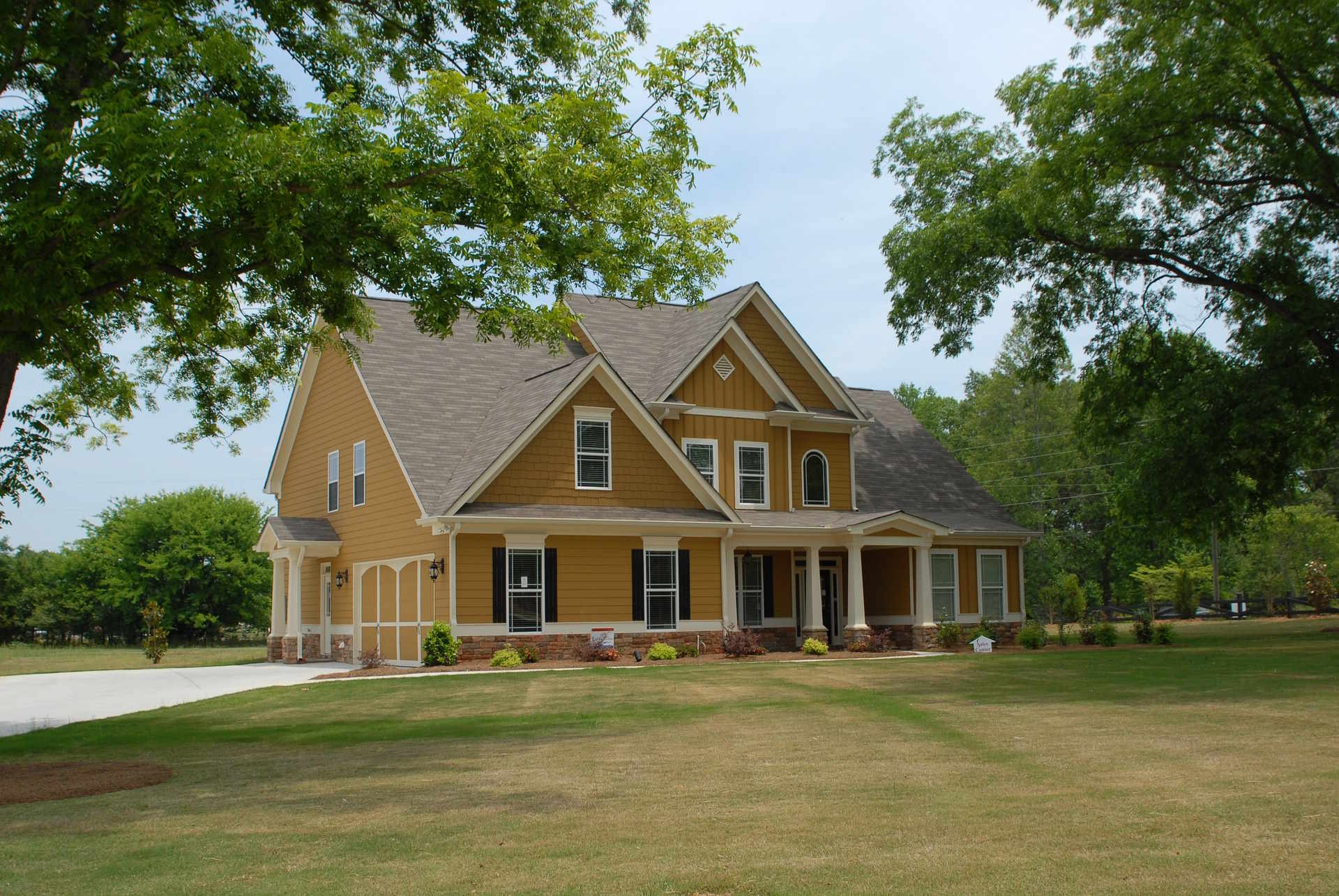Adaptive Reuse in Real Estate: Transforming Obsolete Spaces into Thriving Communities
The real estate landscape is undergoing a profound shift as developers and investors turn their attention to adaptive reuse projects. This innovative approach breathes new life into outdated or abandoned structures, transforming them into vibrant, functional spaces that meet modern needs. With 1 billion square feet of vacant retail space in the US alone, adaptive reuse presents a compelling solution to urban revitalization and sustainable development.

The driving forces behind this trend are multifaceted. Urban sprawl, changing demographics, and shifting consumer preferences have left many once-thriving properties obsolete. Simultaneously, there’s a growing awareness of the environmental impact of new construction and the value of preserving architectural heritage. These factors, combined with the scarcity and high cost of prime urban land, have made adaptive reuse an increasingly attractive option for developers and investors.
Economic Advantages of Adaptive Reuse
From a financial perspective, adaptive reuse projects can offer significant advantages over new construction. While the initial costs may be comparable or even higher, adaptive reuse often results in faster project completion times, reducing carrying costs and allowing for quicker return on investment. According to a study by the National Trust for Historic Preservation, adaptive reuse projects can be up to 16% less expensive than new construction on a per-square-foot basis.
Furthermore, many municipalities offer tax incentives and grants for adaptive reuse projects, particularly those involving historic preservation or brownfield redevelopment. These financial incentives can substantially improve the project’s overall economics and make otherwise challenging developments financially viable.
Environmental and Social Benefits
The environmental benefits of adaptive reuse are substantial. By repurposing existing structures, developers can significantly reduce the carbon footprint associated with new construction. A report by the Preservation Green Lab found that building reuse almost always yields fewer environmental impacts than new construction when comparing buildings of similar size and functionality.
Moreover, adaptive reuse projects often contribute to the social fabric of communities. By preserving historically significant buildings, these projects maintain a sense of place and cultural identity. They can also serve as catalysts for neighborhood revitalization, attracting new residents, businesses, and investment to previously underutilized areas.
Challenges and Considerations in Adaptive Reuse
While adaptive reuse offers numerous benefits, it also presents unique challenges. Older buildings may require extensive remediation to address environmental hazards such as asbestos or lead paint. Structural issues, outdated mechanical systems, and the need to comply with modern building codes can all add complexity and cost to these projects.
Developers must also navigate zoning restrictions and preservation requirements, which can limit the extent of modifications allowed. This is particularly true for buildings with historic designations. Balancing preservation goals with the need for functional, economically viable spaces requires creativity and careful planning.
Case Studies: Successful Adaptive Reuse Projects
Numerous successful adaptive reuse projects illustrate the potential of this approach. One notable example is the High Line in New York City, which transformed an abandoned elevated railway into a public park and cultural destination. This project not only created a unique urban amenity but also catalyzed billions of dollars in new development along its path.
In the commercial sector, the American Tobacco Campus in Durham, North Carolina, stands out. This former tobacco factory complex has been reimagined as a mixed-use development featuring offices, restaurants, and entertainment venues. The project has played a pivotal role in revitalizing downtown Durham and attracting tech companies and startups to the area.
The Future of Adaptive Reuse in Real Estate
As urban populations continue to grow and sustainability concerns mount, adaptive reuse is poised to play an increasingly important role in real estate development. Emerging technologies, such as 3D scanning and Building Information Modeling (BIM), are making it easier to assess and plan adaptive reuse projects, potentially reducing costs and risks.
The COVID-19 pandemic has accelerated trends that may further boost adaptive reuse opportunities. With the shift to remote work and e-commerce, many office buildings and retail spaces face uncertain futures. Forward-thinking developers are already exploring ways to convert these spaces into residential units, healthcare facilities, or mixed-use developments that better align with evolving market demands.
Conclusion
Adaptive reuse represents a compelling opportunity for real estate investors and developers to create value while addressing pressing urban challenges. By reimagining obsolete spaces, these projects can revitalize communities, reduce environmental impact, and generate attractive returns. As the real estate industry continues to evolve, those who can successfully navigate the complexities of adaptive reuse will be well-positioned to capitalize on this growing trend.





